Introduction
Pipeline maintenance technology ensures the efficient and safe operation of pipelines. Innovations in this field continuously improve the methods and tools available. One such advancement is the non-intrusive pig signal. These devices detect the presence of a pig—a tool used for cleaning and inspection—without needing direct access to the pipeline. They provide critical data that helps prevent disruptions and optimize maintenance schedules. This technology marks a significant step forward in pipeline management.
Non-Intrusive Pig Signals Explained
Non-Intrusive Pig Signals (NIPS) are devices that detect the passage of pipeline cleaning tools, known as pigs, from outside the pipeline. Unlike traditional methods, they do not require any pipeline modifications to function. This technology streamlines the monitoring process and ensures the integrity of the pipeline system.
Comparing non-intrusive and intrusive methods highlights significant differences. Intrusive methods involve breaking into the pipeline, which risks damage and requires shutdowns. In contrast, non-intrusive methods, using external sensors, monitor pig movements without disrupting pipeline operations. This approach minimizes risk and maintains continuous flow.
The key benefits of Non-Intrusive Pig Signals include several critical enhancements to pipeline maintenance. Firstly, they enhance safety by reducing the need for direct pipeline access. This minimizes human exposure to potentially hazardous conditions. Secondly, they reduce downtime since they do not require halting operations for installation or maintenance. Finally, NIPS proved cost-effective over time. They lower the need for frequent repairs and maintenance, and the technology prevents costly pipeline failures by ensuring timely maintenance. These advantages make non-intrusive pig signals an essential part of modern pipeline management strategies.
Trigger Types
| Types d’indicateurs | ||||
| Types d’indicateurs | Un | B | C | D |
| Type intrusif | Intrusif | Intrusif | Intrusif | Non intrusif |
| Caractéristiques de l’indicateur | Type de bouton-pression | Drapeau de réinitialisation manuelle | Drapeau de réinitialisation manuelle combiné à des signaux électriques | Affichage de la date et de l’heure combiné à des signaux électriques |
How Non-Intrusive Pig Signals Work
Non-intrusive pig signals operate using a sophisticated yet straightforward mechanism. When a pig moves through the pipeline, a trigger on the detector activates. This trigger is highly sensitive but does not make physical contact with the pig, preventing any risk of damage.
The Technology Behind Non-Intrusive Pig Signals
The technology behind non-intrusive pig signals hinges on this contactless detection system. The trigger sends a signal to an electric circuit once it senses the pig’s presence. This circuit then processes the signal and confirms the pig’s passage without needing to penetrate the pipeline’s structure.
Regarding sensors and detection methods, non-intrusive pig signals typically use magnetic, ultrasonic, or pressure sensors. These sensors detect changes in the physical environment caused by the pig’s movement. Since they are mounted externally, they are less prone to wear and damage, enhancing their longevity and reliability.
Specifications of Non-Intrusive Pig Signals
| Nom | Indicateur de porc non intrusif |
| Température de fonctionnement | —39,8 °C/80 °C |
| Humidité de fonctionnement | 41 %~83 % |
| Type de capteur | Induction magnétique |
| Type de commutateur de signal | Le |
| Le temps qui passe | ±2s |
| Plage de vitesse du racleur de nettoyage | 0.2 à 10 m/s |
| Capacité du commutateur | 2A |
| Type de réinitialisation | Auto Rese |
| Type de joint de câble | M20 * 1.5、 1/2NPT F |
| Antidéflagrant | Exd IICT6 Gb |
| Qualité IP | Indice de protection IP65 |
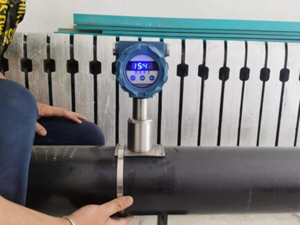
Applications of Non-Intrusive Pig Signals
Non-intrusive pig signals find extensive applications across various industries due to their efficiency and safety enhancements. Here’s a breakdown of their specific uses:
In Oil and Gas Industry
In hydrocarbon pipelines, non-intrusive pig signals play a crucial role in maintaining flow efficiency and preventing blockages. They help monitor the internal cleanliness of pipelines and ensure that wax, sludge, and other deposits do not impede the transport of oil and gas. This proactive maintenance reduces the risk of pipeline failure and extends the infrastructure’s operational life.
In Water Treatment Facilities
Non-intrusive pig signals are invaluable in both municipal and industrial water systems. They assist in the routine cleaning and inspection processes, crucial for preventing contamination and ensuring compliance with environmental standards. By facilitating regular maintenance without disrupting water flow, these systems help maintain water quality and service continuity.
Other Industrial Applications
In the chemical and other fluid transport sectors, non-intrusive pig signals monitor the movement of pigs through pipelines carrying sensitive or hazardous materials. Their use minimizes the risk of contamination and ensures that reactive or corrosive substances are safely transported. Additionally, these signals are vital in managing the regular maintenance schedules required to prevent residue buildup, which could compromise product quality or safety.
Conclusion
Non-intrusive pig signals play a very important role in inspecting the passage of the cleaning pigs in the pipelines. They are easier to install than intrusive pig signalers. For pipeline maintenance, they made enormous contributions. It is convenient for operators to check the passage situation when pigs clean pipelines.



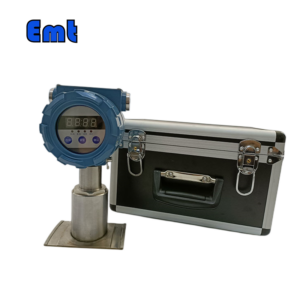
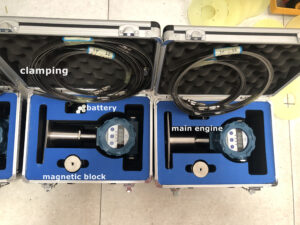
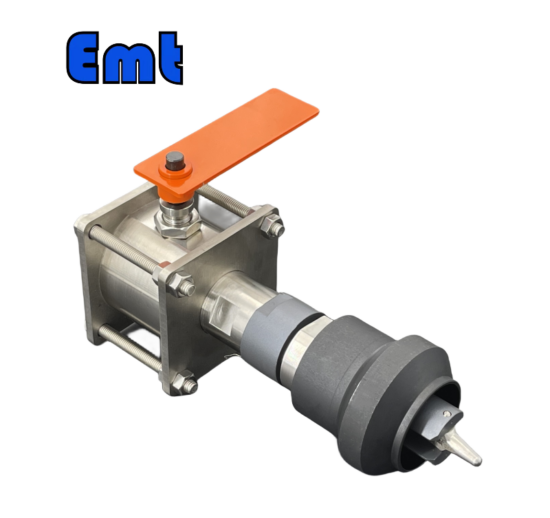
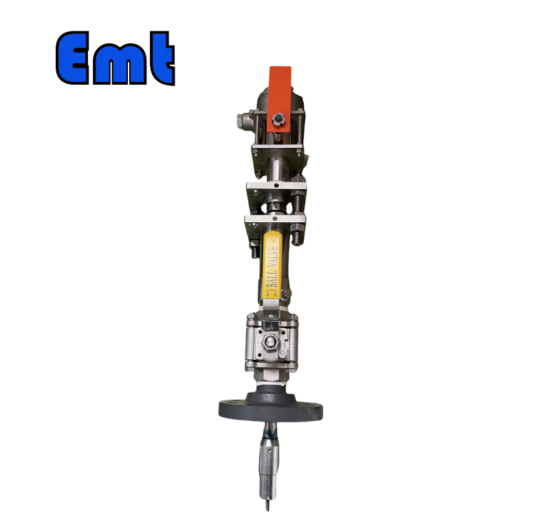
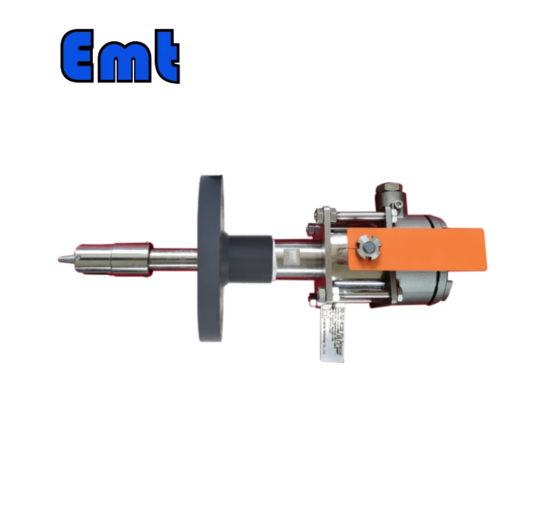
Il n’y a pas encore d’avis.